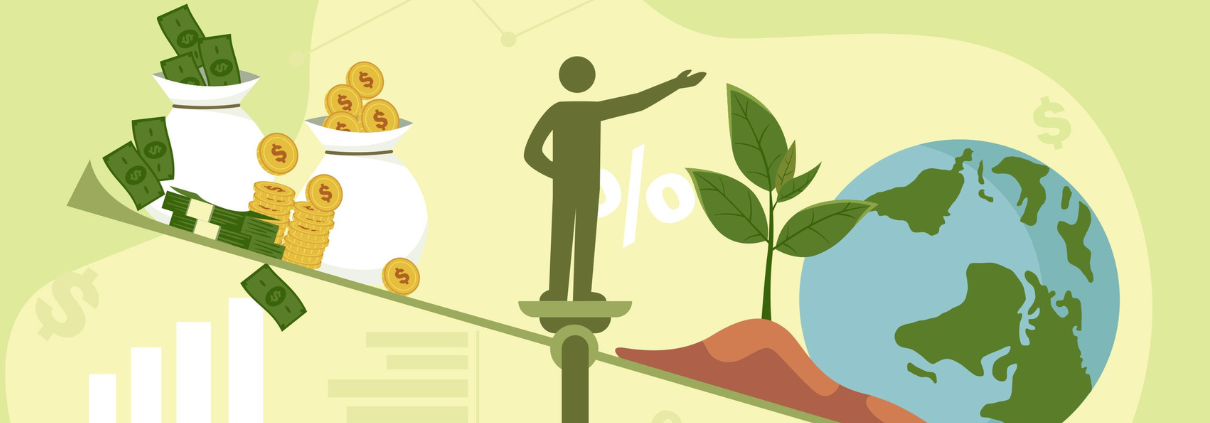Progress on Climate Finance and COP28
By: Lena Dente, Senior Programme Manager, Energy and Just Development
Adequate and accessible “climate finance” is often referred to as absolutely essential to achieving the goals of the Paris Agreement, including limiting global warming to well below 2 degrees Celsius, preferably 1.5 degrees Celsius. It is often cited as being a key element to ensuring that developing countries are able to reduce their greenhouse gas emissions, adapt to the impacts of climate change, and build a climate resilient future. Further, climate finance is essential to a just and equitable transition to a low-carbon future.
However, when “climate finance” is mentioned, what is exactly meant by that term?
Broadly, climate finance is local, national, and/or transnational financing drawn from public, private, and/or alternative sources, such as philanthropic or impact financing, that seeks to support mitigation and adaptation actions that will address climate change.
Mitigation refers to the actions that reduce greenhouse gas emissions and remove greenhouse gases from the atmosphere, which includes for example investing in renewable energy, energy efficiency, and sustainable transportation.
Adaptation means the actions that help people and communities cope with the impacts of climate change, such as building seawalls to protect coastal communities from flooding or developing nature-based solutions to counter landslides.
COP28 is a critical opportunity to make progress on climate finance. The COP28 Presidency has identified climate finance as a key priority and has pledged to work to ensure that developing countries have access to the necessary resources for climate action.
Key Challenges
One of the key challenges related to climate finance is that the needs are vast, while the resources available are limited. The Intergovernmental Panel on Climate Change (IPCC) estimates that developing countries will need $2.4 trillion per year to invest in climate action by 2030. Through mechanisms such as the Green Climate Fund, advanced economies have committed to providing $100 billion per year jointly in climate finance to developing countries.
At COP28, advanced economies must not only expand upon and honour their climate finance commitments, additionally, new and innovative sources of climate finance must be explored, such as public-private partnerships, green bonds, impact funds and blended finance approaches.
Another key aspect related to climate finance is that it is often difficult for developing countries to access the financial resources they need. Climate finance mechanisms can be complex and bureaucratic, and developing countries may lack the capacity to navigate these steps effectively. Further issues such as interest rates, financing in local vs international currency, and collateral should be included in the deliberations.
How can COP28 advance climate finance?
Mobilize new and innovative sources of climate finance. Bring together all stakeholders to the table, to explore antinarrative funding forms and mechanisms.
Simplify and streamline climate finance mechanisms. Address the bureaucratic bottlenecks and institutional incompatibilities to ensure financing is released more quickly and to provide capacity-building support.
Ensure that climate finance is aligned with the needs of developing countries. Climate finance should be allocated in a way that is fair and equitable, and that accounts for and reflects the specific needs of developing countries with emerging economies.
Promote transparency and accountability in climate finance. It is important to ensure that climate finance is used effectively and efficiently, and that it is accountable to the people it is meant to benefit.
COP28 is a critical opportunity to make progress on climate finance and with so many key stakeholders taking part in the discussions, we are hopeful that tangible and implementable progress will result out of this year´s negotiations.




